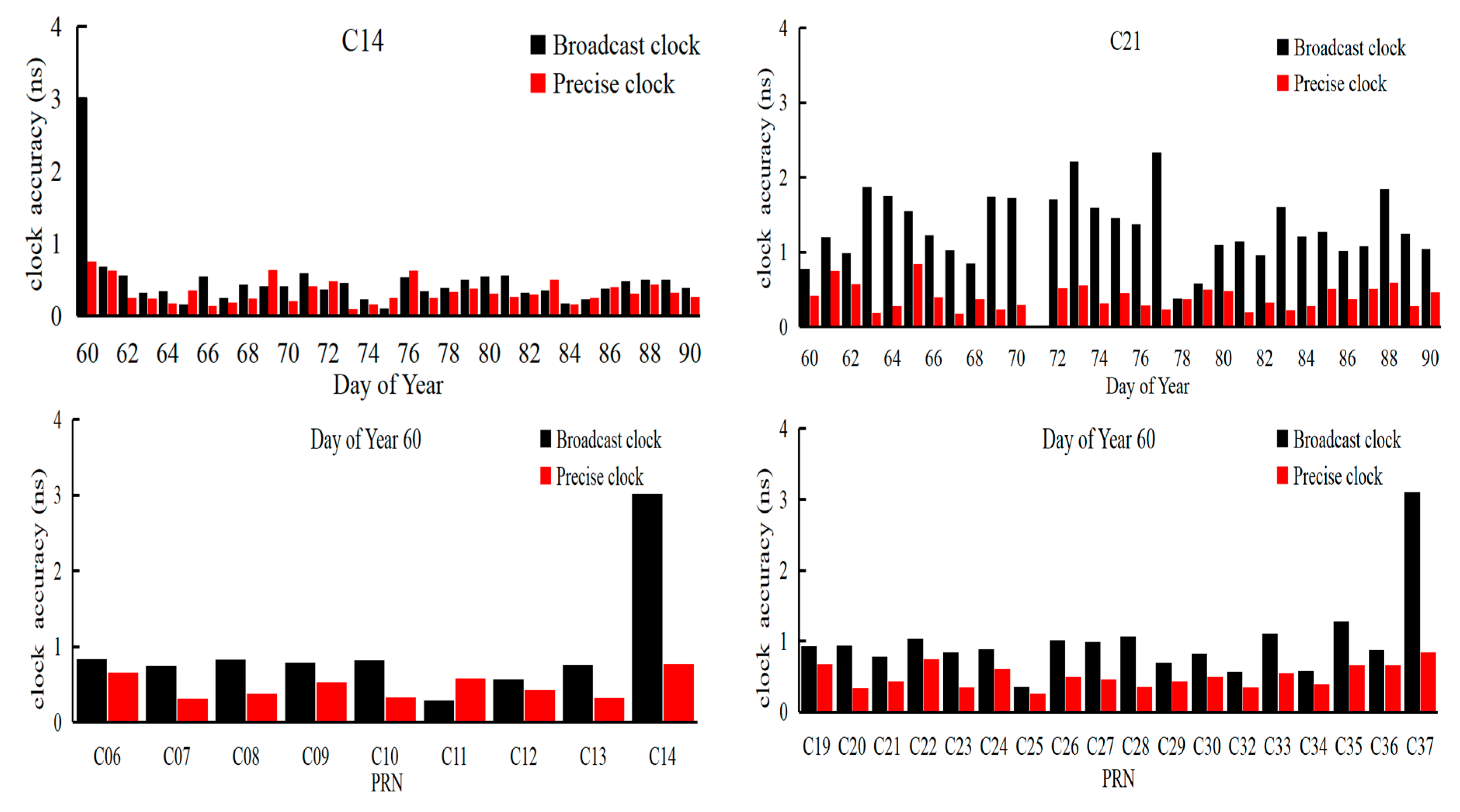

The client and server modes are realized by separate, distinct processes that are completely independent and are linked only through the system clock the client process adjusts the system clock based on a message exchange with the atomic clock ensemble in Boulder, and the server process uses the system clock to construct the replies to queries from remote systems. The public time servers operated by NIST act as clients with respect to the time scale that realizes UTC(NIST), and they simultaneously act as servers with respect to the systems that send them requests for time. Although there is no detailed discussion of these possibilities, the general statistical considerations that are discussed below do not depend on the detailed contents of the messages that are exchanged between the client and the server to implement the synchronization process. The focus is on the usefulness of the Allan variance in this application, and the discussion is not intended to be a complete survey of the various synchronization algorithms and message formats that could be used for this purpose. The Allan variance plays a central role in this estimation process, and I will describe this role in the next sections. The design of the synchronization process depends on statistical estimates of the characteristics of both the client system and the network that links it to the remote reference, with a goal of realizing a system that incorporates the best properties of both contributions and therefore has better overall statistical properties than either the network or the local clock taken separately. The details of this method are described below.) In both cases, the goal is to synchronize the time of the clock in a client system to the time of a remote server. (The telephone-line connection and the network messages are based on different data formats, but they share the common feature of estimating the one-way time delay between the transmitter and the receiver as one-half of the measured round-trip delay.

The two-way message protocol plays a central role in the operation of these servers – the servers that are not located at one of the NIST time and frequency laboratories in Colorado are synchronized to UTC(NIST) by the use of a two-way message exchange over telephone lines, and the delay in the network link between the public clients and these servers is also estimated by using a two-way protocol. The Time and Frequency Division of the National Institute of Standards and Technology (NIST) operates public servers that are connected to the Internet and that respond to requests for time in a number of different formats.


 0 kommentar(er)
0 kommentar(er)
